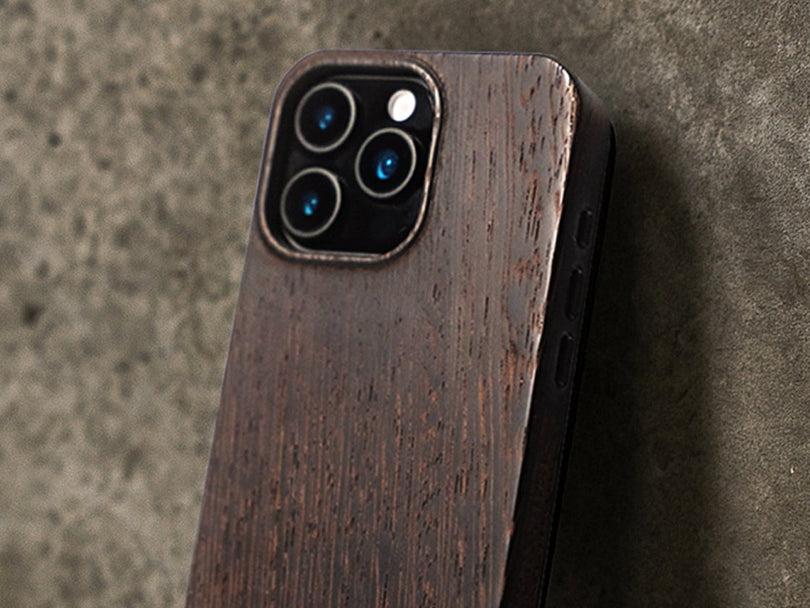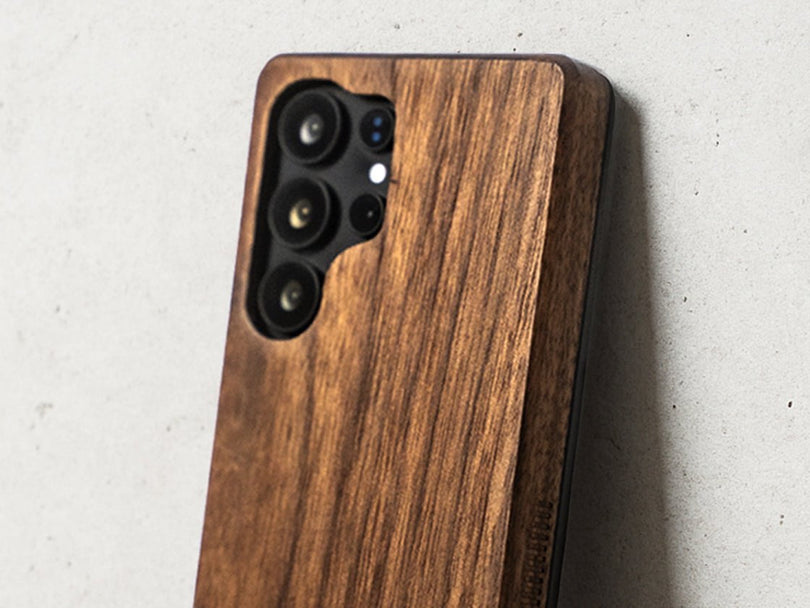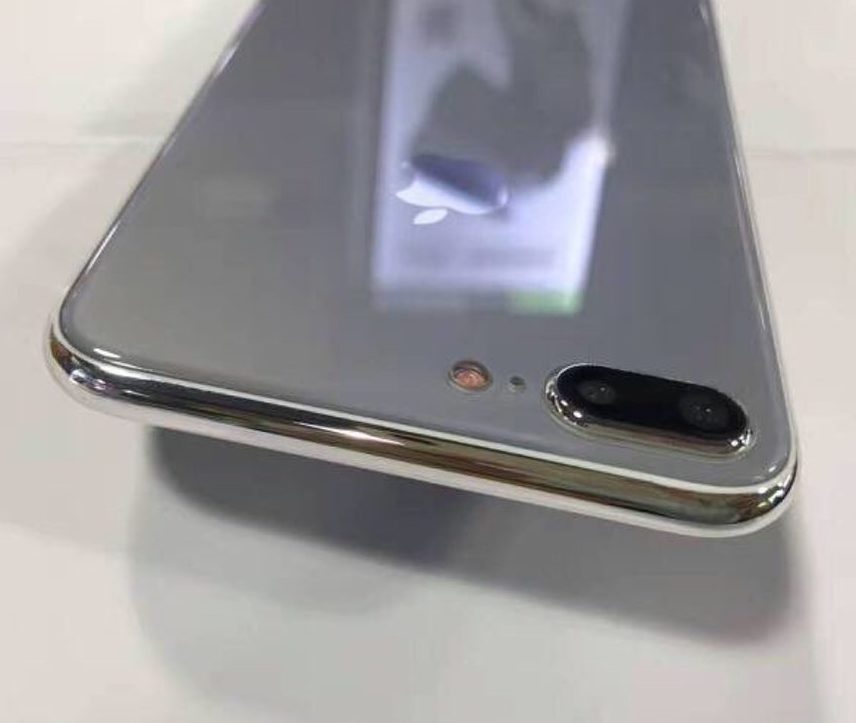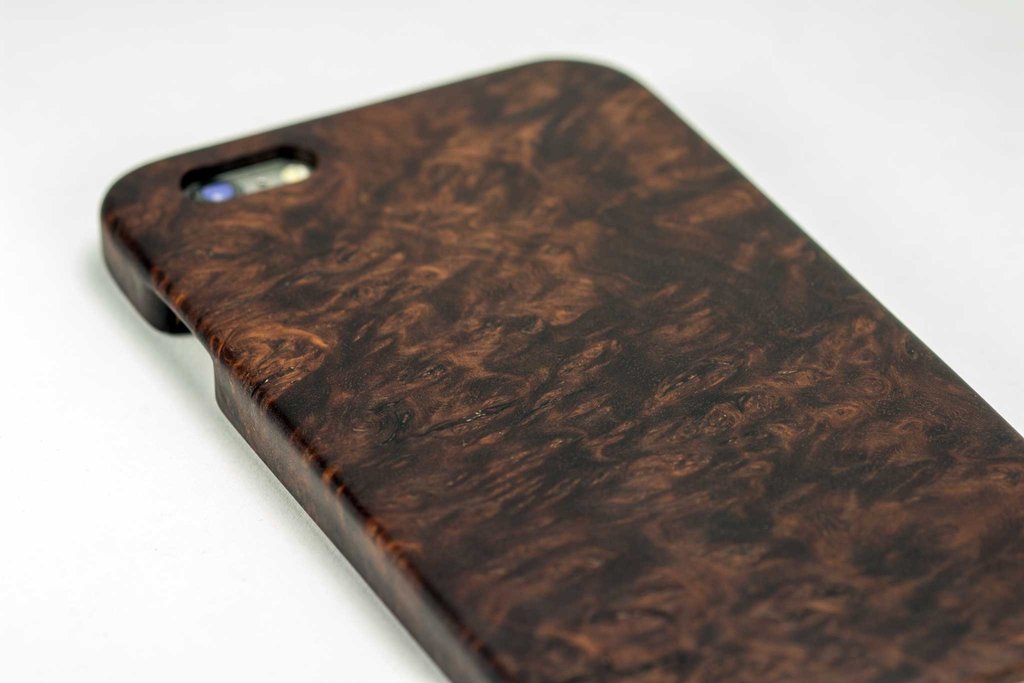In order to craft the best handmade wood iPhone and Pixel cases possible, KerfCase offers a wide variety of wood species, some of which incorporate unique features that are especially prized.
If you're not a woodworker, but you want to learn more about what makes some wood cuts (and some cases) especially beautiful, enjoy our four-part series on unique wood features!
Part 1: Spalted Wood | Part 2: Figured Wood | Part 3: Burl Wood
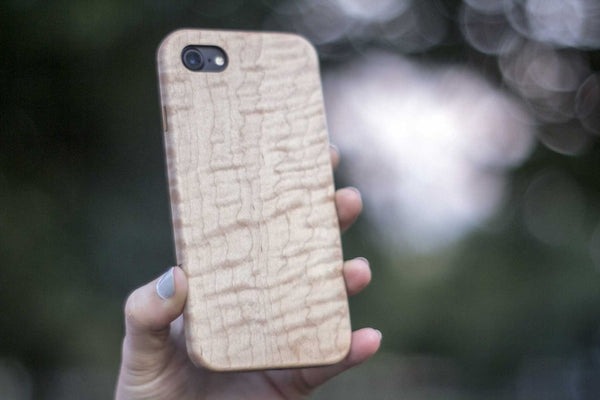
No two pieces of wood are alike. One of the great joys of working with wood is knowing that no matter if you're carving a Greek god or nailing together a bookshelf, your creation will be 100% unique. Like snowflakes and fingerprints, the grain pattern that forms in trees never perfectly repeats, so each board will have its own unique appearance.
This uniqueness exists on a spectrum; many cuts of wood look almost alike, the differences only perceptible to a seasoned viewer, or a microscope. For craftsmen looking for uniformity across a large project, this is a good thing. But we at KerfCase are specialty woodworkers, looking for the most unique and interesting pieces of wood around to use in our truly one-of-a-kind cases. So let's take a look at the special things that we look out for in our wood selection, finishing our tour with a look at the beautiful world of wood chatoyancy.
The Cat's Eye
There's a particular kind of beauty in the world that we classify by comparing it to a cat staring at the sun.
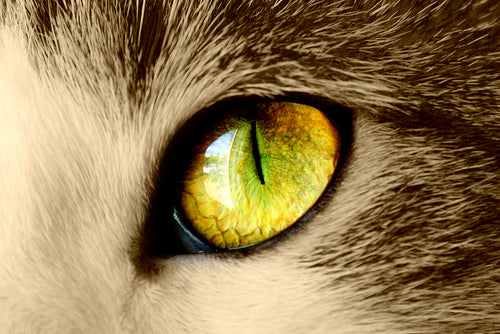
House cats have beautiful eyes, with vibrant colors and iris patterns, as well as an iconic pupil that contracts into a vertical line when exposed to bright light.
Appreciators of fine gemstones noticed that in certain gem types, the layers of crystal refract light in a particular way, creating a 3D effect inside the mineral that evokes the eye slit of a brightened kitty. Stones such as tiger's eye were named for this effect.
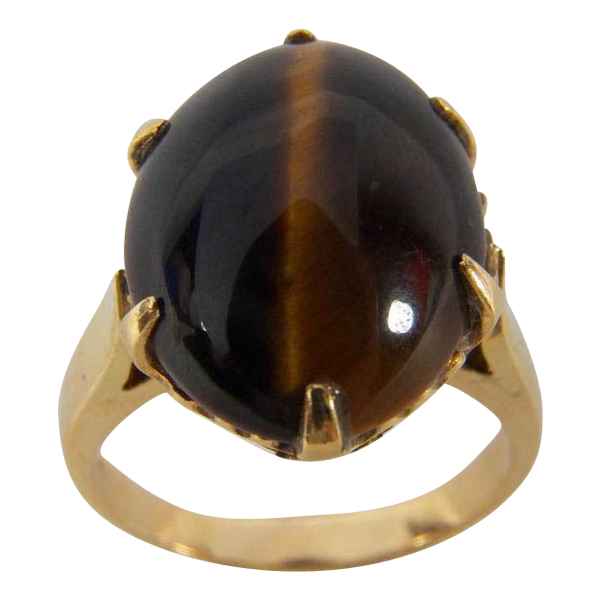
The french had a word for this effect: chatoyer. It literally means "to iridesce like a cat's eye", and from it we get the obscure English adjective "Chatoyant". The descriptive noun we get from Chatoyant is either chatoyance or chatoyancy, depending on your preference. I like the latter, it has one more syllable, and is thus much more important-sounding.
Chatoyancy describes a very specific phenomenon in gemology: that "cats-eye" effect that certain stones display when they refract light. It wasn't long before the term was borrowed by woodworkers, who used it to describe a slightly different phenomenon.
Chatoyancy in Woodworking
Woodworkers describe a particular piece of wood as "chatoyant" when its grain gives off a 3D illusion when exposed to light. This is hard to explain with words, and even with pictures, so we made this video to demonstrate the phenomenon. Once you see it, you'll know exactly what we're talking about.
Maple is our most consistently chatoyant wood. Stun your friends and confound your enemies with a phone case made from wood that shimmers in the sun!
That's curly maple, a type of maple wood that occurs when a growing tree is subjected to stress. The grain curls back on itself in waves, creating a vibrant pattern visible under the surface. Our sanding technique and wood finish enhance this effect, creating beautiful cases that look different depending on the angle.

Curly wood is a way of describing a wood's figure, and you see words like "flame", "ribbon", and "tiger stripe" used to describe particularly chatoyant grain patterns as well.
Chatoyant Products
This type of wood is, like many of the wood features described in previous articles, highly prized for its unique appearance, and is often used in high-end home goods and other crafts. Here's a stunning cabinet made from highly chatoyant maple:
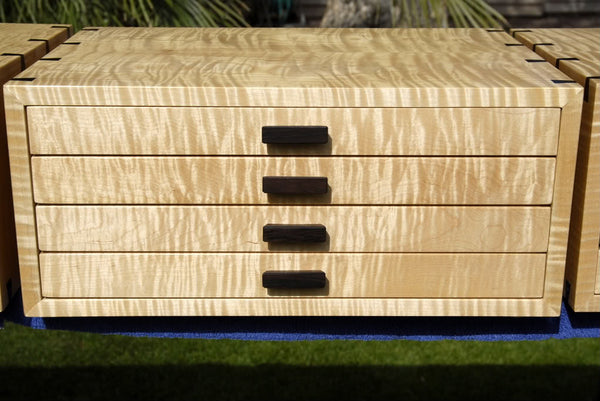
And, because I love a good axe, a guitar made from chatoyant wood:
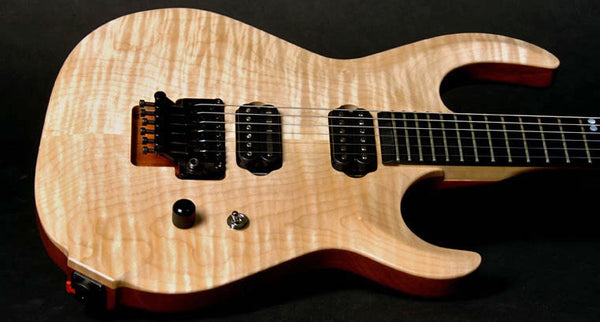
Of course, you might be aware of a company that features chatoyant wood in their electronic accessories. Regardless, if you see someone with chatoyant furniture or other goods, be sure to pay them a compliment!
Getting a chatoyant KerfCase
Unlike our figured woods, our spalted woods, and our burl woods, we do not have a special category for chatoyant cases. The reason for this is that our wood supply is not designed to reliably supply us with chatoyant wood. Sometimes our mahogany is particularly shimmery, other times it's our walnut or maple that shines in the sun.
Your best bet on getting a case that possesses this unique property is to contact us, and we'll be happy to take you on a tour of our wood stock. You pick the exact grain pattern that you love the most, and get your case custom made from it! Pairing wood enthusiasts with the phone case of their dreams is the best part of my job, so don't hesitate to reach out if you're curious.

I hope you enjoyed our whirlwind tour of wood features! We take a lot of pride in delivering the best features of specialty woodworking in a form that you can carry in your pocket, and we will keep on highlighting the quirks and beauty of our wood supply with each case we make.
Phil Giammattei likes to wear lots of different hats. Formerly employed at Apple, Google and Oracle, he loves applying his technical knowledge to making the best possible custom wooden phone cases. In addition to writing the Kerf Blog, Phil’s duties at KerfCase include customer service, sales, production, shipping and fulfillment, and anywhere else he can be helpful. Reach out to say hi and find out what choice cuts we have in stock!

